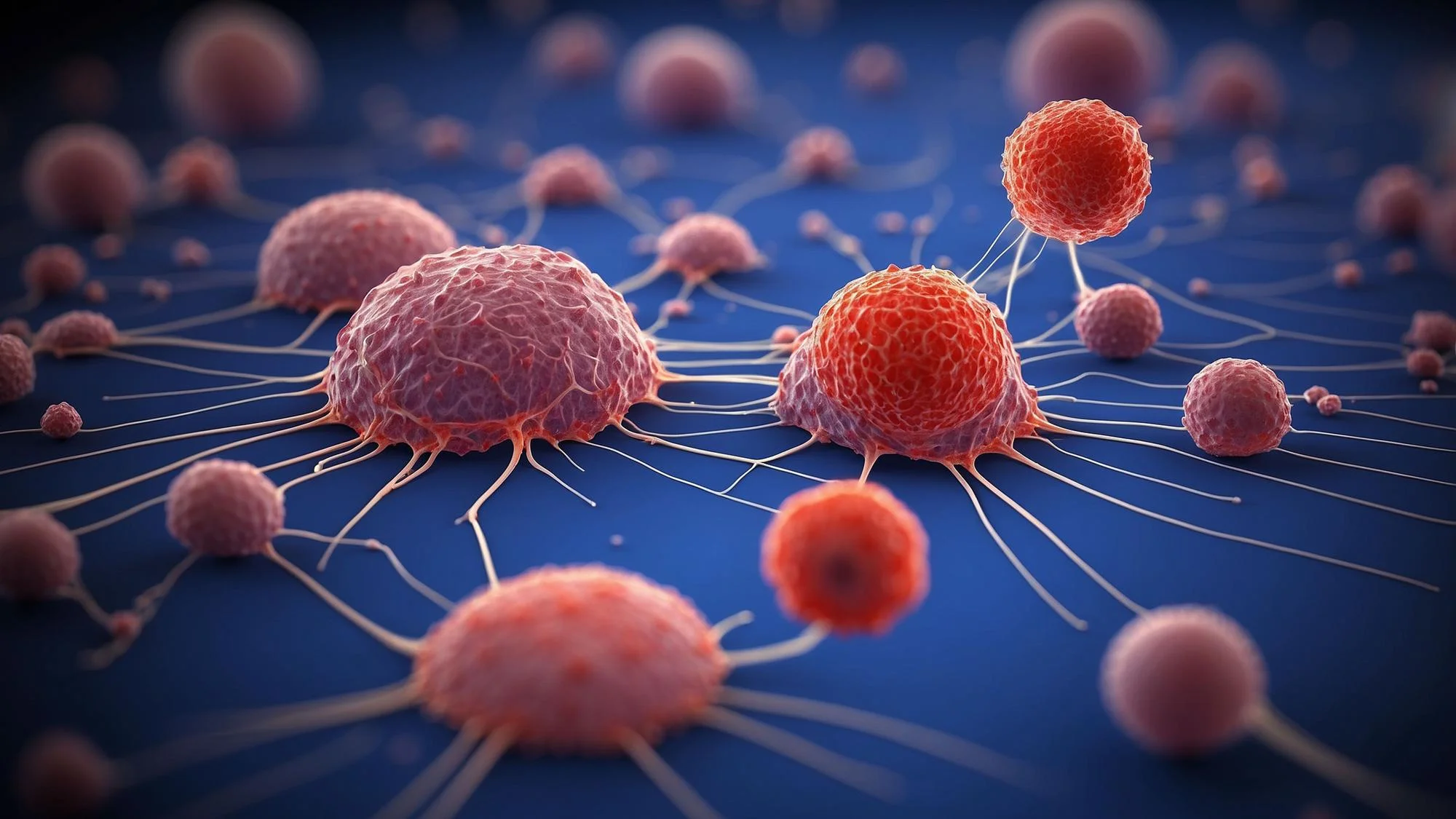Introduction
Macrophages play a pivotal role in maintaining tissue homeostasis and responding to immune challenges. Their ability to self-renew and expand during type 2 immunity is critical for effective host defense and tissue repair. However, regulatory mechanisms governing macrophage proliferation under various physiological conditions remain incompletely understood. In a groundbreaking study published in Nature Immunology, Jarjour et al. (2019) examined the transcription factor Bhlhe40 and its influence on macrophage proliferation during homeostasis and type 2 immunity. This article delves into the research findings and their implications for future therapeutic interventions.
Methodology and Key Findings
The study by Jarjour et al. employed various sophisticated techniques, including gene knockout strategies, gene expression profiling, and chromatin immunoprecipitation, to elucidate the role of Bhlhe40 in macrophage biology.
One key discovery from the research reveals that Bhlhe40 is crucial for the self-renewal and maintenance of large peritoneal macrophages (LPMs). Notably, Bhlhe40 was found to be necessary for the proliferation of LPMs in response to the cytokine IL-4, a significant mediator in type 2 immune responses.
During the Heligmosomoides polygyrus bakeri infection model, a helminth infection, Bhlhe40’s important role was further highlighted. The transcription factor was indispensable for cell cycling of LPMs in this context, demonstrating its essential function in immune responses to parasitic infections.
Unraveling the molecular pathways, the researchers discovered that Bhlhe40 represses genes encoding transcription factors c-Maf and Mafb, which are known to interfere with macrophage proliferation. Simultaneously, Bhlhe40 promotes the expression of genes related to cell-cycle proteins, thus fostering the proliferation necessary during type 2 immune responses.
Interestingly, the study showed that Bhlhe40 binds to specific genomic sites co-bound by the macrophage lineage-determining factor PU.1, as well as unique locations including sites related to the cell-cycle regulation.
Implications for Macrophage-Related Diseases
The findings from Jarjour et al. open exciting new avenues for therapeutic exploration. By understanding the mechanisms through which Bhlhe40 regulates macrophage proliferation, it may become possible to design targeted interventions that modulate macrophage responses in diseases characterized by excessive or insufficient macrophage activation.
Challenges and Future Directions
While the study shed light on Bhlhe40’s role in LPMs, much remains to be uncovered regarding its influence on other tissue-resident macrophage populations. Future research should aim at exploring Bhlhe40’s broader impact on the immune system, particularly in the context of chronic diseases and cancer where macrophage function is often dysregulated.
Conclusion
The work of Jarjour et al. represents a significant step forward in understanding how macrophage proliferation is controlled in both homeostasis and type 2 immunity. Bhlhe40 emerges as a vital regulator, offering a promising molecular target for the treatment of various immune-related conditions.
References
1. Jarjour, N. N., et al. “Bhlhe40 mediates tissue-specific control of macrophage proliferation in homeostasis and type 2 immunity.” Nature Immunology 20.6 (2019): 687-700. DOI: 10.1038/s41590-019-0382-5.
2. Ginhoux, F., et al. “Fate mapping analysis reveals that adult microglia derive from primitive macrophages.” Science 330.6005 (2010): 841-845. DOI: 10.1126/science.1194637.
3. Schulz, C., et al. “A lineage of myeloid cells independent of Myb and hematopoietic stem cells.” Science 336.6077 (2012): 86-90. DOI: 10.1126/science.1219179.
4. T’Jonck, W., Guilliams, M., & Bonnardel, J. “Niche signals and transcription factors involved in tissue-resident macrophage development.” Cell. Immunol 330 (2018): 43-53. DOI: 10.1016/j.cellimm.2018.03.015.
5. Hashimoto, D., et al. “Tissue-resident macrophages self-maintain locally throughout adult life with minimal contribution from circulating monocytes.” Immunity 38.4 (2013): 792-804. DOI: 10.1016/j.immuni.2012.10.020.
Keywords
1. Macrophage Proliferation
2. Bhlhe40 Transcription Factor
3. Type 2 Immunity
4. Tissue-Resident Macrophages
5. Immunology Research Study
